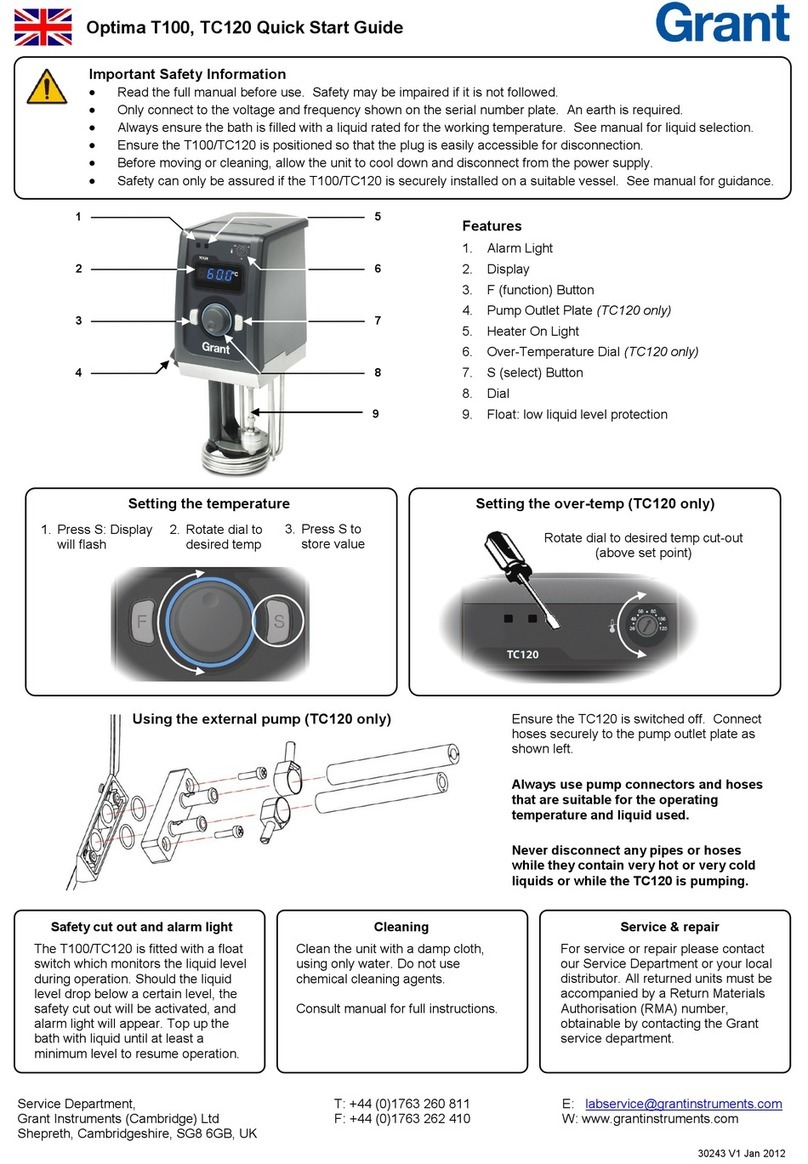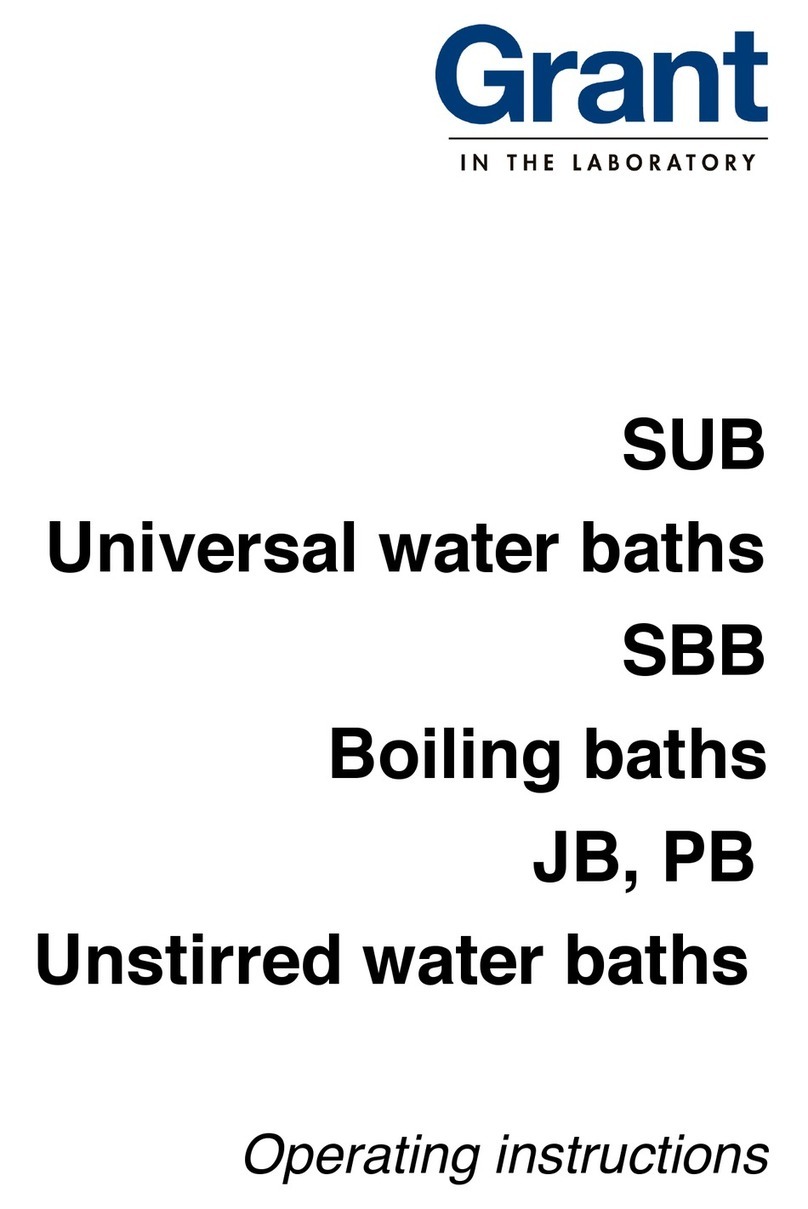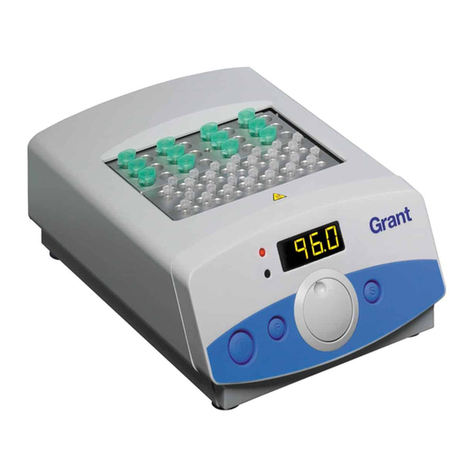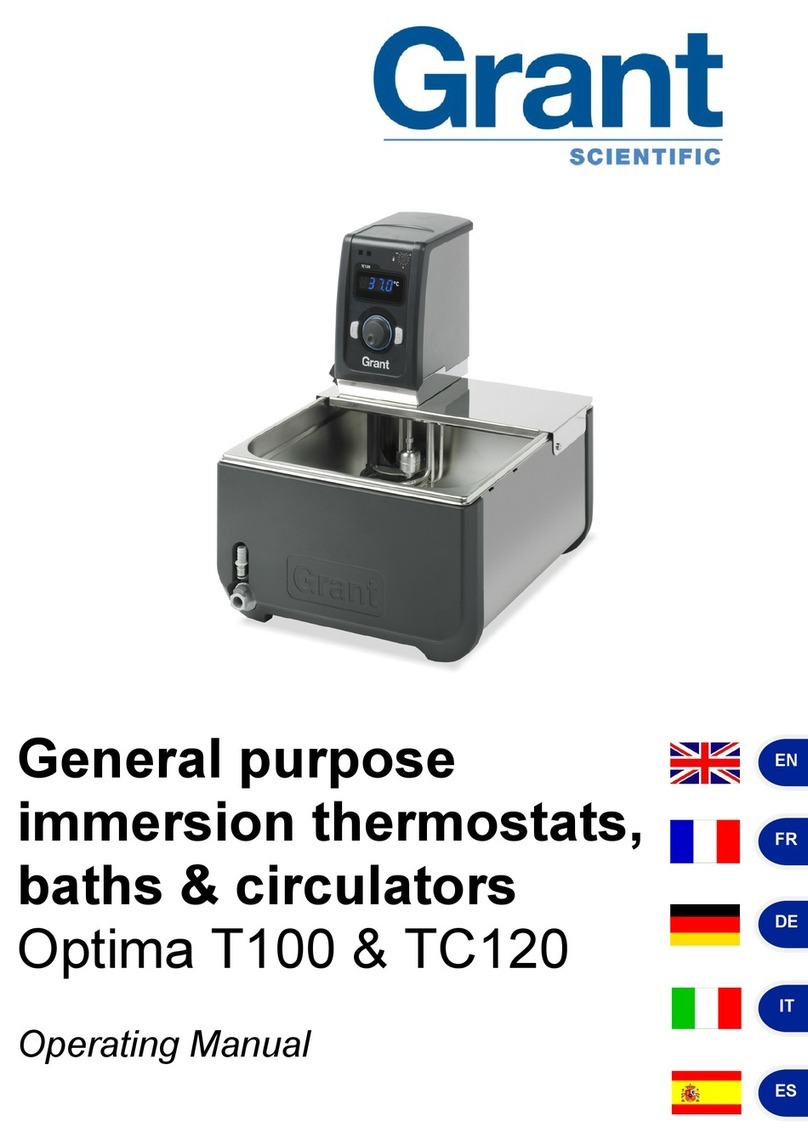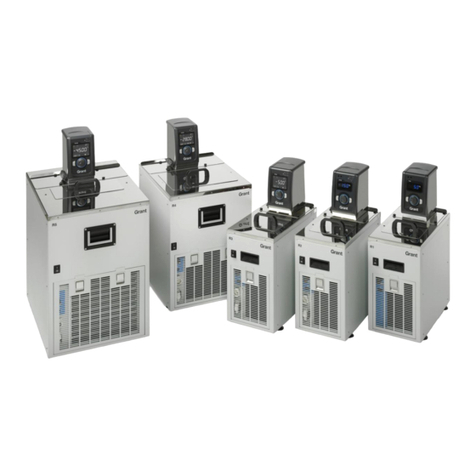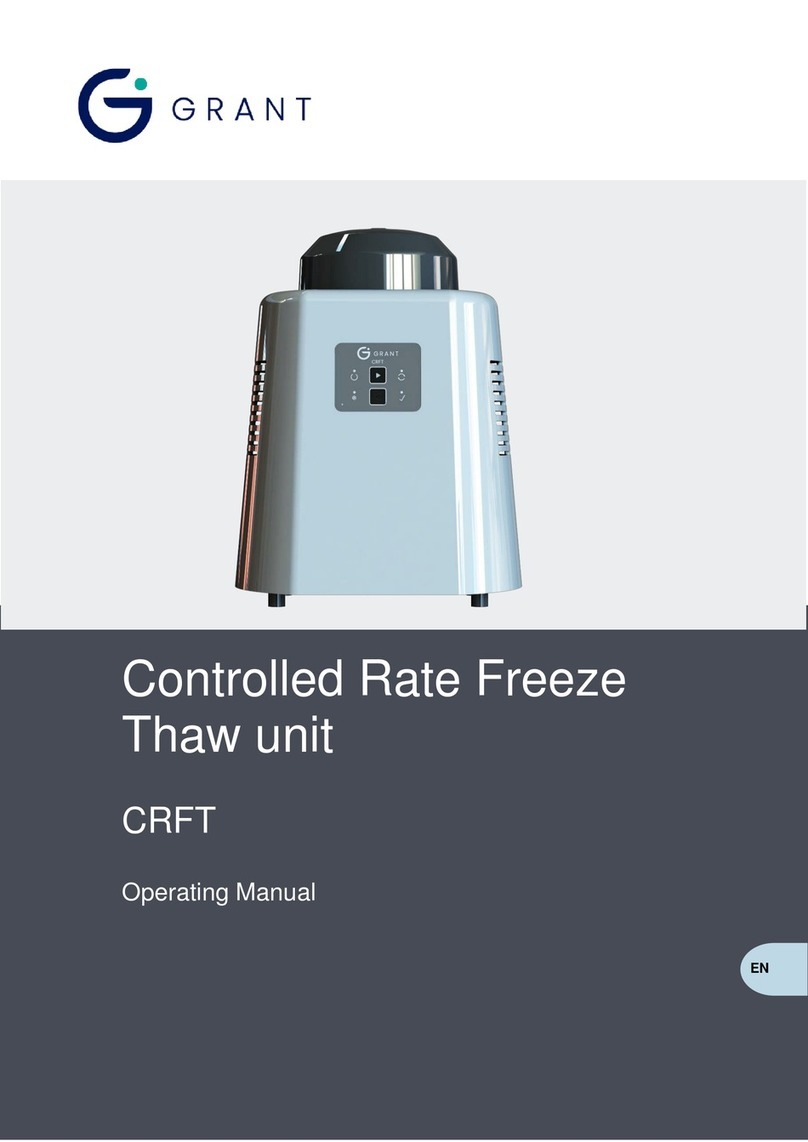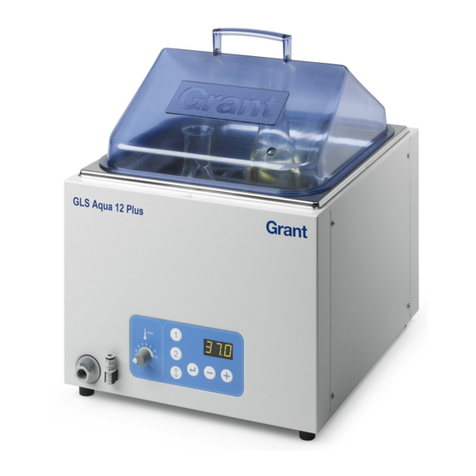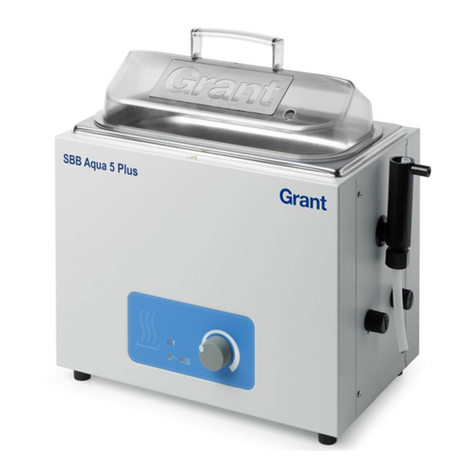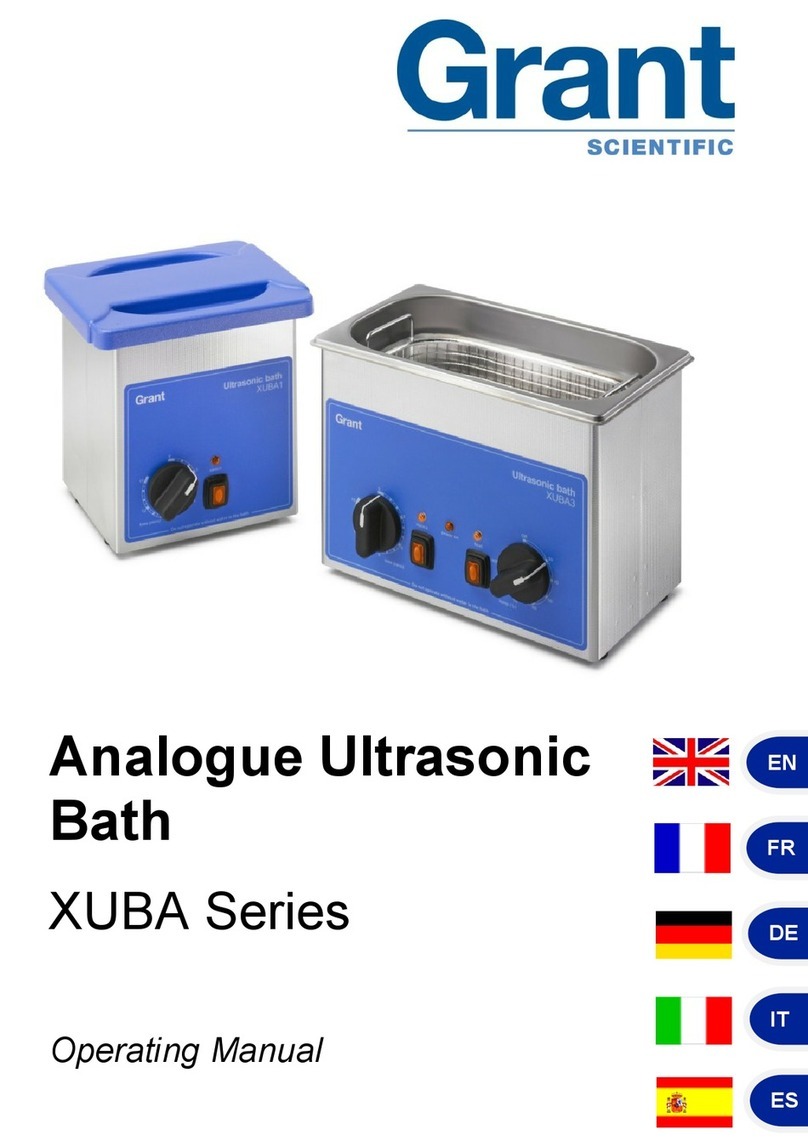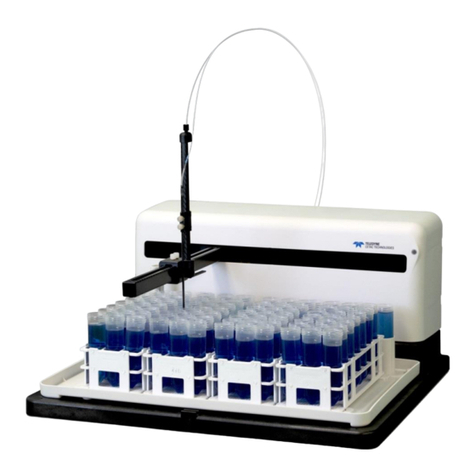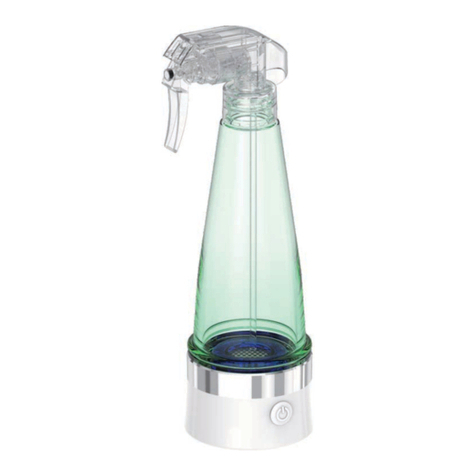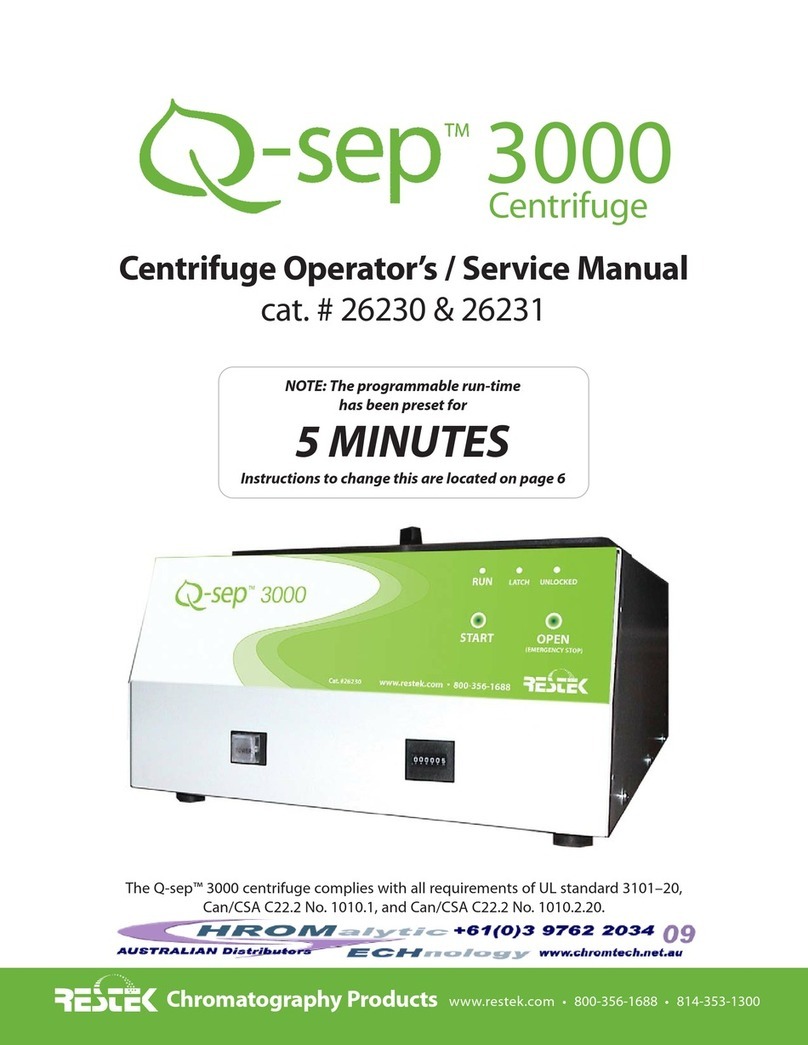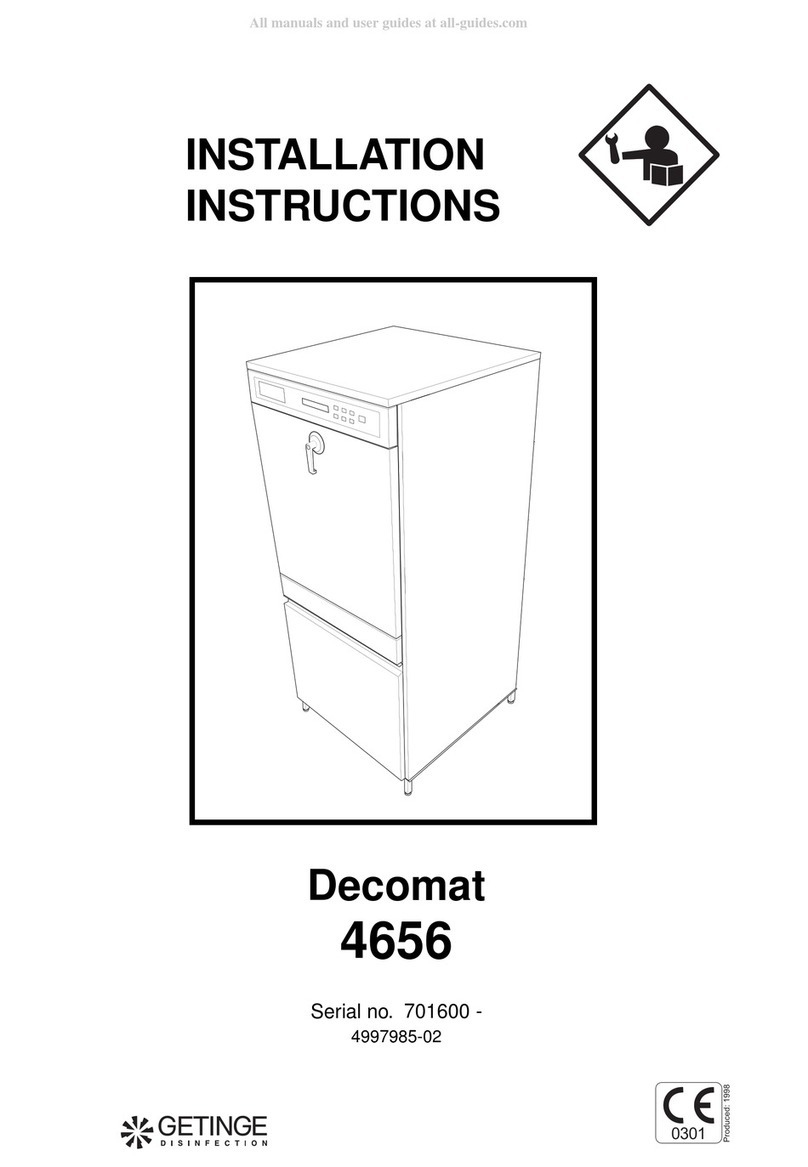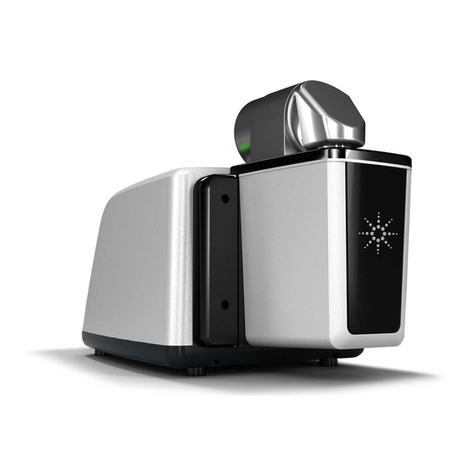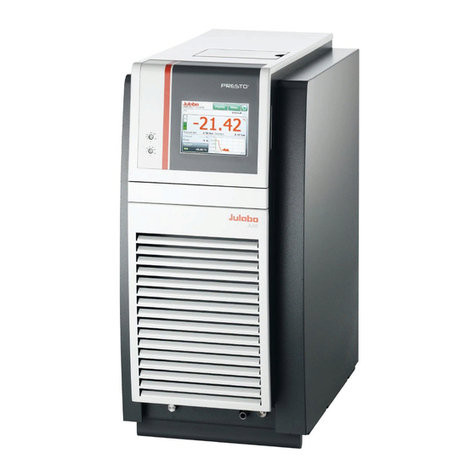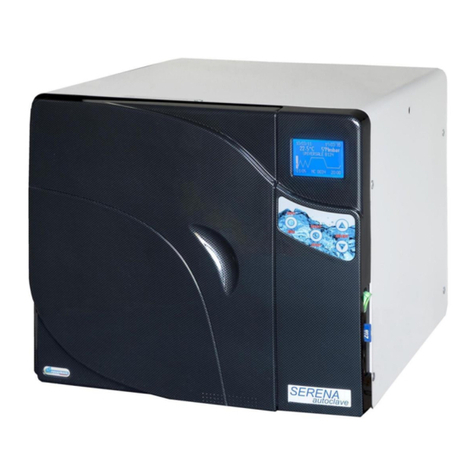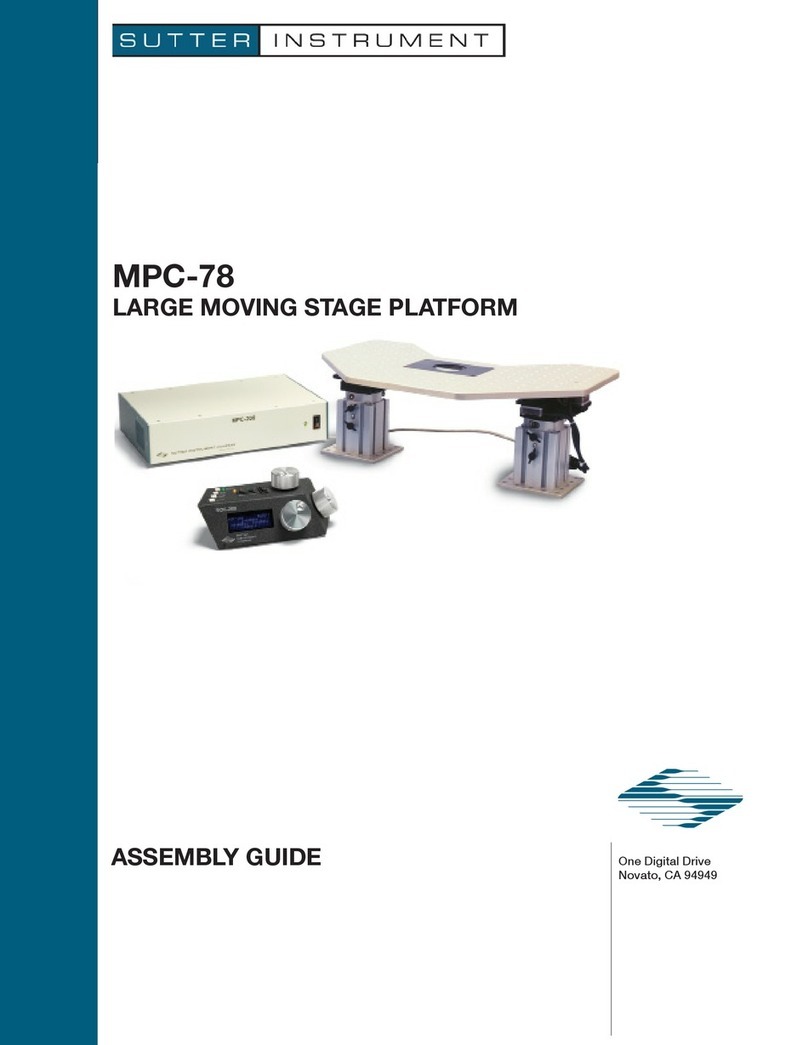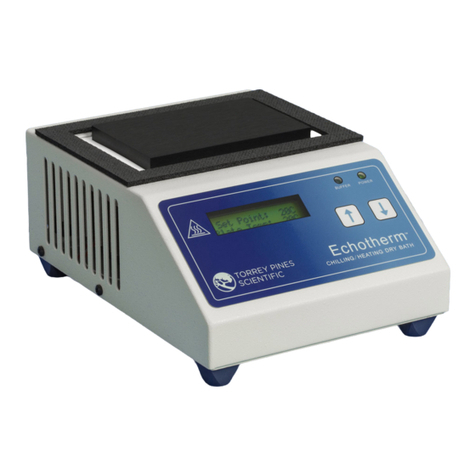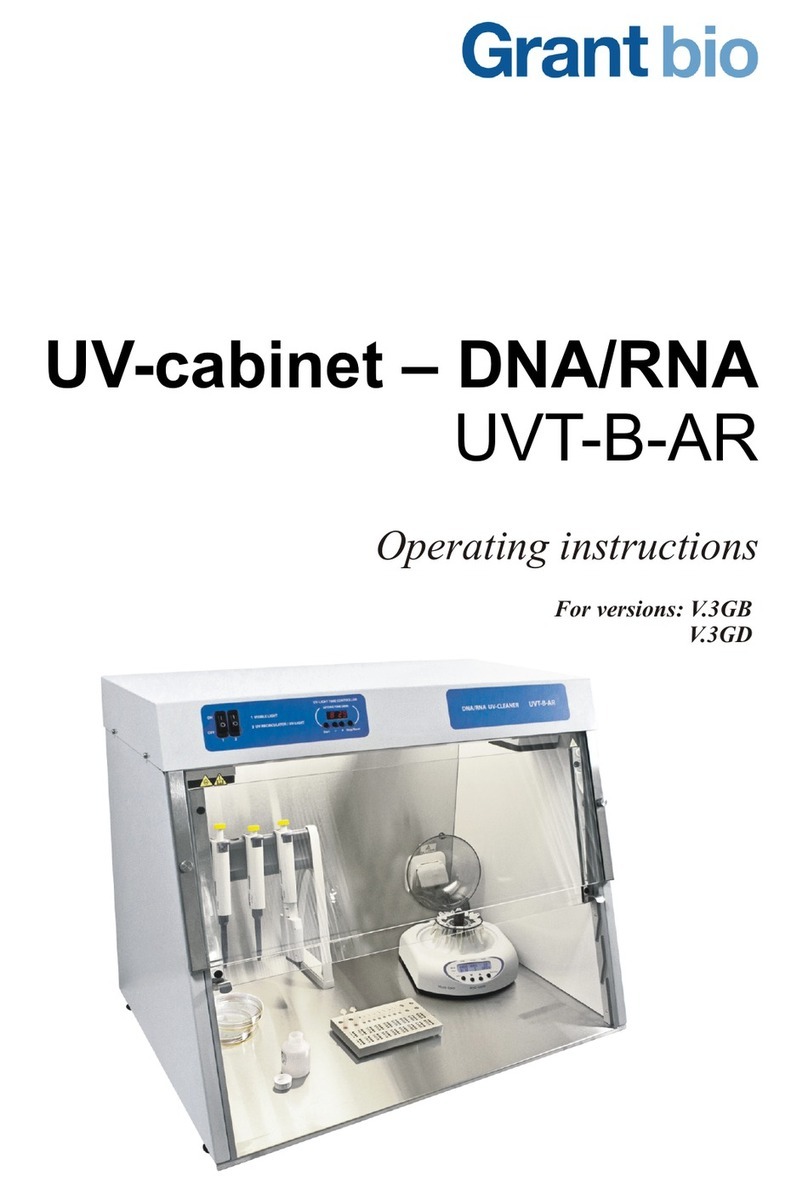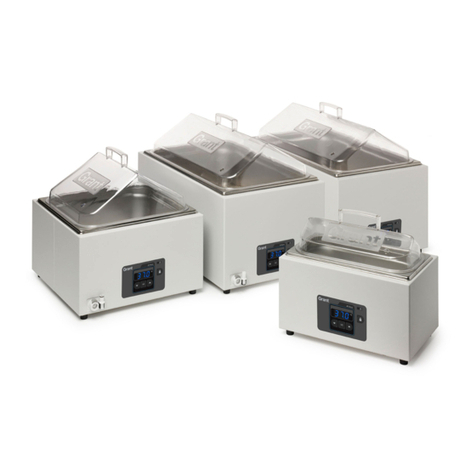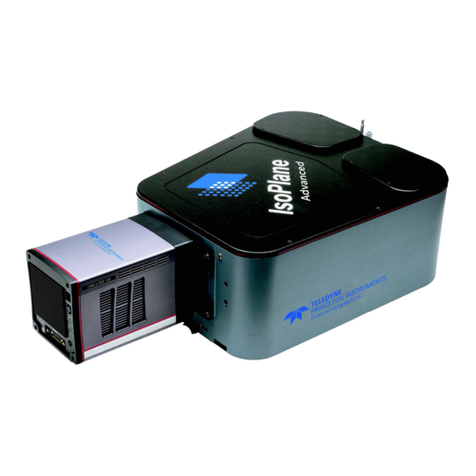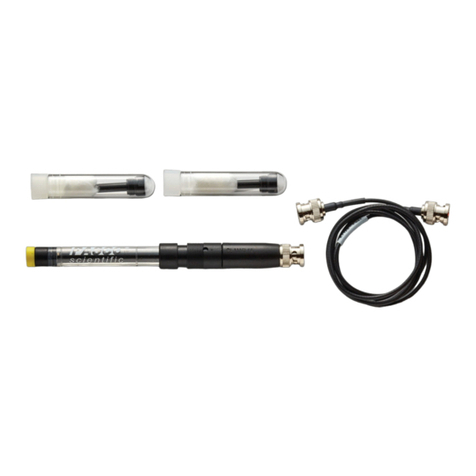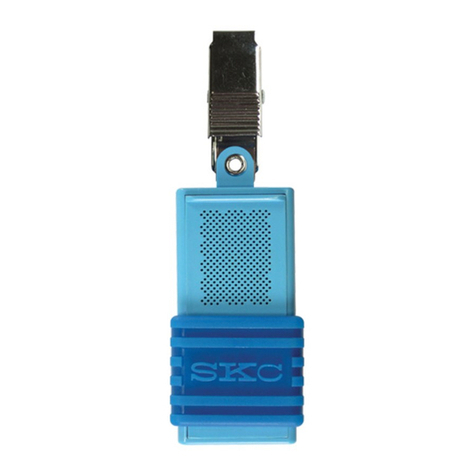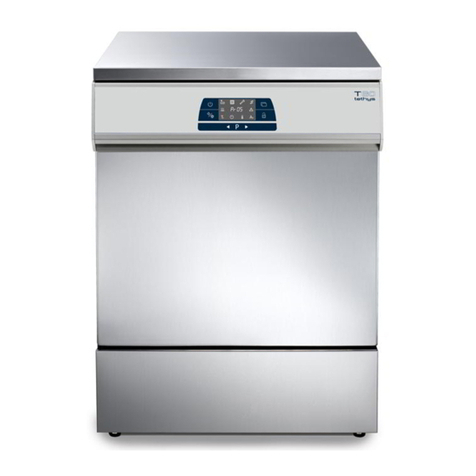
Page 6 Introduction
1.1 INSTALLATION REQUIREMENTS
Thank you for purchasing a Grant unvented hot water storage cylinder from
our Wave range.
These Installation and User instructions must be read carefully before you
begin installing the cylinder.
The cylinder must be installed by a competent person in compliance with
all current legislation, codes of practice and local by-laws covering the
installation of an unvented hot water cylinder.
Please also make sure that the installation complies with the information
contained in these Installation and User Instructions.
To prevent damage to the coil, cylinder and cylinder connections, make any
soldered joints before connecting pipework to the cylinder.
1.2 WATER SUPPLY REQUIREMENTS
We recommend that your Grant unvented cylinder is installed with an
uninterrupted water supply.
Where possible, the unit should be fed via a Ø22 mm supply pipe. It
requires a supply pressure of 1.5 bar with a flow rate of at least 20 litres per
minute as a minimum for it to function.
Even with this pressure and flow rate, the flow from the outlets will be
disappointing if several outlets are used simultanteously. Generally
speaking, the higher the supply pressure, the better the system will function.
The cylinder control equipment is factory set to limit the incoming system
operating pressure to 3 bar. The maximum supply pressure into the pressure
reducing valve (PRV) is 12 bar.
1.3 LOCATION
The unit is designed to be floor standing, vertically mounted, internally in a
frost-free environment. When choosing a suitable location for the cylinder,
consideration should be given to the routing of the discharge pipe to a
convenient point and also the availability of an adequate power supply for
connecting the immersion heaters.
The cylinder may stand on any flat and level surface without any special
foundation requirements, provided that it is sufficiently robust to support the
full weight of the cylinder (refer to Section 2.1).
The position of the cylinder should be such that easy access is provided for
servicing the controls and replacing the immersion heater should the need
arise.
Generally, pipe runs should be made as short as possible and lagged to
prevent heat loss.
1.4 STORAGE AND HANDLING
If the cylinder is not being installed immediately, it should remain in its
packaging to prevent damage. We recommend that the cylinder be
transported to its installation position on a sack truck or similar whilst still
within the packaging.
1.5 ABOUT YOUR CYLINDER
The pre-plumbed cylinders are factory fitted with the following:
Primary circuit pipework
• 1 x 2-port zone valve for hot water
• 2 x 2-port zone valves for heating (for two separate heating zones)
• 1 x Digital dual stat (cylinder thermostat and high limit thermostat)
• 1 x 22 mm bypass valve
Cold water inlet pipework
• 1 x Temperature and pressure relief valve
• 1 x Cold water inlet manifold
• 1 x Tundish
Electrical
• 1 x Wiring centre (pre-wired to the zone valves and dual thermostat)
• 1 x 3kW electric immersion elements
Both pre-plumbed and standard versions have a single coil designed for
connection to an air source heat pump, such as the Grant Aerona³ range.
If another make of heat pump is to be connected, please refer to the
manufacturer’s installation instructions for more information.
The coil must be connected using a 2-port motorised valve (factory fitted on
the pre-plumbed versions) to shut off the flow from the primary source and
electronically interlocked with the heat source via the cylinder control and
high limit thermostat. This valve is factory fitted on the pre-plumbed versions
and supplied loose with the standard cylinder versions.
Failure to fit this 2-port valve will invalidate all guarantees and will be
in breach of the Building Regulations Approved Document G3 (2010)
(U.K) More information on electrical wiring is given in Section 5 of these
instructions.
1.6 OPEN VENTED HOT WATER
SYSTEMS
If required, your MonoWave HP cylinder can be used as part of an open
vented hot water system, i.e. fed from a cold water storage cistern and fitted
with an open vent pipe, provided the maximum head does not exceed 30
metres.
When used in this way, it will not be necessary to install the expansion
vessel and cold inlet manifold supplied with the cylinder.
1.7 PRIMARY CIRCUIT PIPEWORK
CONNECTIONS
All primary circuit pipework connections to the cylinder MUST be made
in accordance with Figures 3-1 to 3-6 as appropriate. Refer to Section 3
(Primary Circuit Installation).
1.8 CYLINDER BYPASS
The pre-plumbed version of the cylinder is supplied with a factory fitted coil
bypass, fitted between the primary flow and return pipes. This by-pass must
be set during commissioning. Refer to Section 6.7 of these Installation and
User Instructions.
1 INTRODUCTION
With pre-plumbed cylinders, do not use the
pipework as a carrying handle when lifting,
moving and positioning the cylinder.
CAUTION
CAUTION
Do not use the Temperature and Pressure
relief valve (T&P relief valve) as a handle
when moving and positioning the cylinder.




















